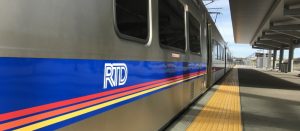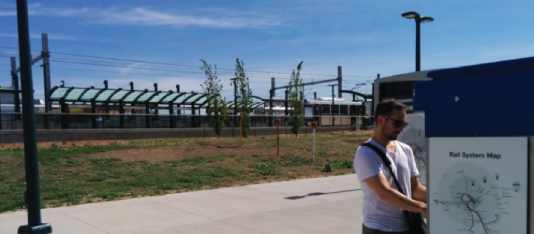Research Methodologies and Frameworks for Understanding User Experience:
RTD A Line Case Study

Our RTD A Line Experience
Nearly 20,000 people ride Denver’s RTD A Line each day, boarding and un-boarding at any of eight stations that dot the 23 miles of track running between Denver International Airport and downtown’s Union Station.
Since its April 2016 opening, the route has been plagued by signal and gate issues. The greatest effect this had on passengers in the earliest days was delayed trains. Clearly that’s a big issue when it comes to missing flights. However, the laser focus on fixing technology appears to have taken away from valuable attention to other aspects of passenger experience.
As communication and research professionals, our team is always looking at ways to improve messaging and experiences in the often mundane and routine. As frequent riders of the A Line to both downtown and the airport, we all had our personal gripes – “jeez, it would be so much better if they did this instead of that.”
One day while trying to ride the train the two stops from Park Hill to downtown for a client meeting, this came to a head. We all parked and approached the ticket vending machine near the west end of the platform, by the main lot. One by one we purchased tickets. Our train was scheduled to arrive in five minutes and our meeting to start in 25. We were doing well!
Then we walked over to the platform area, crossed it to reach the far platform and saw the digital display – trains were running 15 minutes late. Now what exactly does that mean when the train runs every 15 minutes – is MY train 15 minutes late? Is the train that was supposed to be here 15 minutes ago now arriving…now? Suddenly feeling a time crunch, I tweeted RTD to find out. While waiting for a reply, we asked a uniformed employee across the platform. The answers couldn’t have been more different OR unexpected: one told us “don’t worry, that information is for us and means nothing to you,” while the other told us it meant that trains are now running at 30-minute, not 15-minute, intervals.

Who to trust? We had no idea, so we piled into one car and drove to our meeting. Angered that we’d wasted money on tickets we wouldn’t use, we all came to the same conclusion – had there been clear and succinct rider notifications near where we purchased tickets we would have avoided this whole debacle. Now there’s a very simple innovation!
